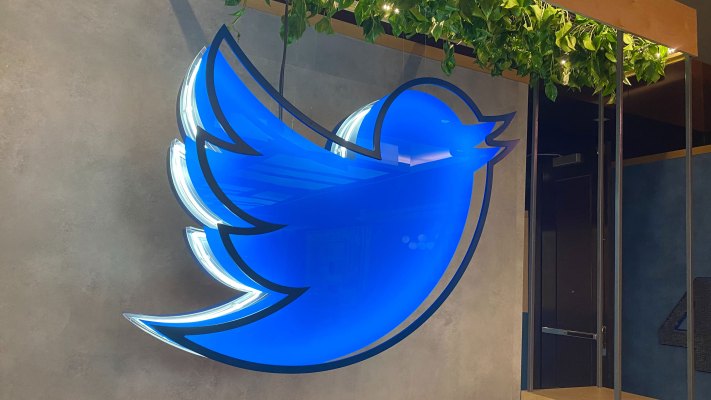NEWS
Twitter plans to double revenue by 2023, reach 315M daily users

Just ahead of its 2021 virtual investor day on Thursday, Twitter this morning announced its three long-term goals focused on user base and revenue growth, and a faster pace of shipping new features across its platform. The company said it aims to “at least” double its total annual revenue from $3.7 billion in 2020 to $7.5 billion or more in 2023. It also expects to reach at least 315 million mDAUs — that’s Twitter’s self-invented metric for “monetizable” daily active users — by the fourth quarter of 2023.
That would represent a roughly 20% compound annual growth rate from Twitter’s base of 152 million mDAUs reported in the fourth quarter of 2019, the company noted in a new SEC filing.
Active user growth has been difficult for Twitter — the growth tends to be slow or even flat, at times. Per Twitter’s most recent earnings, mDAUs in the fourth quarter 2020 had reached 192 million instead of the 193.5 million expected, for instance. Investors are used to Twitter under-delivering on this metric — or even inventing its own user base metric to hide that its monthly user growth sometimes declines.
In any event, Twitter’s longer-term plans indicate it believes it will finally be able to deliver on user growth — perhaps aided by its investment in new features.
In its filing, Twitter said it would “double development velocity by the end of 2023,” which means doubling the number of features shipped per employee that “directly drive either mDAU or revenue,” it said.
On this front, Twitter has been fairly active in recent months. Late last year, it launched its “stories” feature called Fleets to its global audience. It’s also now testing new features including a Clubhouse rival, Twitter Spaces, and a community-led misinformation debunking effort known as Birdwatch. And it acquired newsletter platform Revue, which is already now integrated on the Twitter website. The company has made smaller acquisitions, as well, to build out product teams, including with social app Squad, stories template maker Chroma Labs, and podcasting app Breaker.
New features may help to attract increased Twitter usage, but revenue growth will also come from diversification beyond advertising. Twitter has spoken several times about its plans to build out a subscription product, which the company said would begin in 2021 but wouldn’t impact Twitter revenue in the near-term. The company has also said it may investigate other areas of monetization, like tipping and various paid consumer-facing features.
Today, Twitter said publicly it plans to reach the $7.5 billion or more target by “growing our audience and gaining advertising market share in both brand and direct response.” But the company did not speak to its plans for subscriptions.
Investors are already responding favorably to Twitter’s announcements this morning. Twitter stock is up by nearly 7% as of the time of writing.


















